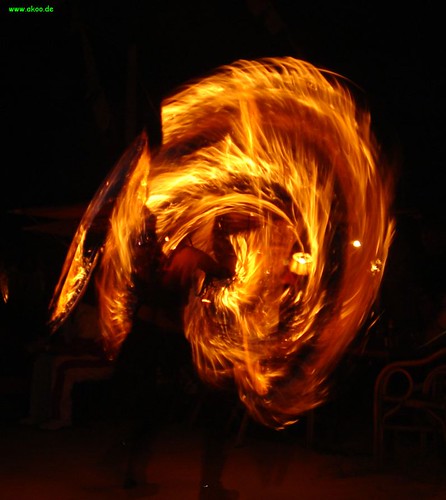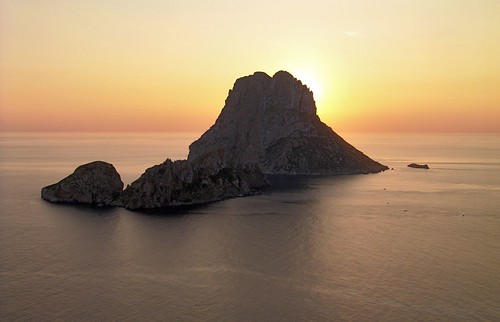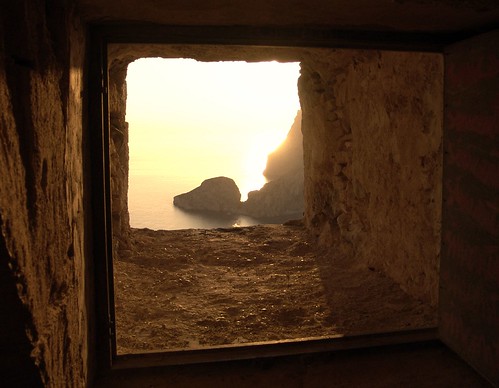What's the story? 
Since beyond the memory of the oldest storyteller, the Indians of the Pacific coast have told of- and feared- giant, hairy, bad-smelling, manlike creatures that live in the dense wilderness of the western slope of the Cascade Range, especially from northern California to British Columbia. Every tribe has a name for them, best known being the Salish Indian Sasquatch, the Yurok Indian Toki-mussi and the Hoopa Indian Oh-mah. People in the United States usually call them Bigfoot.
As the white man penetrated the Pacific coast area, they began to report Bigfoot and his spoor occasionally, beginning with a report made by Alexander Anderson of the Hudson's Bay Company in 1864. Hundreds of sightings, including a couple of dozen pretty believable ones, reinforced by fairly common discovery of tracks, nests, droppings, and other evidence, have been reported since.
In the late 1950's, the California Bureau of Public Roads began pushing a timber access road into the unmapped wilderness of the Bluff Creek area north of Eureka- and Bigfoot sightings began to increase. First to report signs were the road-building crew. Then loggers, hikers, hunters and visitors began to report sightings, tracks, and droppings with increasing frequency.

The recreational boom of the Fifties pushed more and more campers, hikers, hunters and fishermen into the eastern slope of the Cascades at the same time, and other sightings and evidences began to gather. Reports became more and more frequent, especially in reports by a few interested newspapers: The San Francisco Chronicle; the Humboldt Times of Eureka, California; the Portland Oregon Journal; the Longview, Washington Times, and the Agassiz-Harrison Advance, in British Columbia.
The sightings were concentrated in a few areas, though scattered additional reports came in as well. Most consistent have been from the Fraser River Valley, Vancouver Island, and the mainland coast of the Strait of Georgia, in British Columbia; the "Ape Canyon" area near Mount Saint Helens in southwestern Washington; the Three Sisters Wilderness west of Bend, in west central Oregon; and the area around the Hoopa Valley Indian Reservation northeast of Eureka, California, especially the Bluff Creek watershed.
One other site of a long series of very mysterious happenings - and perhaps as many as a dozen unsolved killings - is the valley at the confluence of the Liard and South Nahanni Rivers, at the south end of the Mackenzie Range, near Fort Simpson in the Canadian Northwest Territories. Though far to the north of Bigfoot's usual haunts, the valley is heated by warm springs- so warm that missionaries have grown banana palms there.
Increasing reports of new evidence brought in the one student and chronicler of "Abominable Snowmen" around the world, Ivan T. Sanderson. A Cambridge-educated Englishman well versed in botany, zoology, geology and anthropology, Sanderson is internationally known as a writer and television personality, and has gathered "snowman" material since 1930.

After several extended trips into sighting areas, hundreds of interviews and a great deal of research, Sanderson produced feature articles in 1959 and 1961 for True magazine, then in 1961 published an enormous collection from his research, interviews, investigations and personal experiences. The book, Abominable Snowman: Legend Come to Life was published by Chilton Books, Inc., of Philadelphia. Even at $7.50, it has gone through three printings, and is a whopping good buy for anyone interested in the subject. (Patterson himself has published a book, a 172-page collection of newspaper clippings, interviews, photographs and drawings from his investigations through 1966. It serves best to update Sanderson's 1961 book for interested readers. It was published by the Northwest Research association of Yakima, and sold for three dollars.)
Largely as a result of Sanderson's work, Roger Patterson launched his stubborn search. When he got his pictures last fall, he and Sanderson collaborated on an article -first of a proposed series- for Argosy magazine of, February 1968. The issue sold out completely in the first week it was on the newsstands.

But because of the publicity from Argosy and his national television appearances, Patterson has been able to plan another expedition to Bluff Creek, a year-long project beginning in May of this year. It will be one of the largest and best-run search expeditions to date with every participant carrying a camera, and the capture plan built around a new tranquilizer gun reportedly rifle-accurate to a range of several hundred feet.
Patterson, in organizing and financing his expedition, has formed a non-profit organization called the Northwest Research Association. Interested readers can get the details free by writing Post Office Box 1101, Yakima, Washington 98901. They'll be invited to join the Association, too, which involves a chance to apply to go along on next summer's search. While only the exceptionally well qualified will get to go along, all the members will be kept posted on developments regularly.
That's the basic background story. Now, except for details, you know about as much about bigfoot as I did when I started working on the story. Here are the answers to some of the questions I asked along the way:
Why is there so little evidence?In the first place, the terrain of that western slope is so rugged and densely overgrown that it has not even been mapped except by aerial survey. Anyone who has not seen it will have a hard time understanding its impenetrability, but it takes just one flight up the Coast Range to see why

it is almost impassable, even by horseback and even on foot.
Why have no remains or fossils ever been found? Why not, indeed? Two explanations come to mind: First is that nature does not leave organic materials lying around the forest. Even the bones and antlers of large animals are quickly eaten or dispersed by the little forest scavengers. A second explanation, put forth by Sanderson, is that a sub-human race may well gather the remains of its dead for burial in a cave or burying ground.
Why hasn't someone shot one? Well, reports of two shootings exist. First was by a group of prospectors who shot at one large creature and missed, then shot a second that fell into Ape Canyon and wasn't recovered. The prospectors were later driven out of their cabin by an unexplained but violent attack, supposedly by a vengeful tribe of the creatures, throwing rocks.
Second report was by a bear hunter, who wounded a young one in a tree by mistake. He was horrified to see that he had shot a "human'', and left precipitously when a bigger creature came out of the forest to rescue the wounded youngster.
Several hunters have reported having a bigfoot in their sights. Each one has reported later that he could not pull the trigger on such a human target, or that he feared a manslaughter charge ff he did.
A number of other people claim to have had actual contact with Bigfoot. One, Albert Ostman, of Chilliwack, British Columbia claimed to have been "kidnapped" and held for six days by a family of them near Toba Inlet on the Strait of Georgia. He escaped unharmed. Several mysterious killings have been blamed on Bigfoot, most convincing being the death by slamming to the ground of two guards posted to watch a mining camp on the Chetco River, near the Oregon-California border, in 1890.
Are they so human?Apparently. Certainly they are not apelike or bear like. Apes do not have buttocks or breasts, which the creature in Patterson's pictures certainly has. Apes do not leave flat-footed human footprints, either. Nor have there ever been any apes on North America, or any fossil evidence of them.

Bears do not walk erect for more than a few steps, nor do they leave human footprints, even when their feet have been scarred in forest fires.
Having seen several showings of Patterson's movie film, I can say without fear of contradiction that, whatever the creature in the picture is, it is neither an ape nor a bear. And if it was a "man in an ape suit", it was a very big man with a very strange stride in a very good ape suit.
Then what could it be?The most interesting and plausible solution was expressed in the recent Argosy article. Bigfoot could be a sub-human creature, not unlike lava or Peking man, which like the American Indians migrated to this continent over the land bridge that has existed between Siberia and Alaska several times over the past few million years.
Presumably, they may have found the benign climate of the Pacific coast to their liking. Presumably they were driven back from the coast later, when the smaller but better-armed Indians claimed the coastal areas for themselves. That could be the foundation of the Indian legend of Sasquatch.
What do the experts think? In the Argosy article, the editors interviewed three well-known scientists on that subject:
Dr. John R. Napier, Director of the Primate Biology Program of the Smithsonian Institution, said that he saw nothing in the film that, on scientific grounds, would point conclusively to a hoax. He expressed some reservations about the exaggerated fluidity of movement of the creature in Patterson's film, and suggested that despite the apparent breasts, he would tend to think the creature a male because of the crest on its head, which occurs only in male primates.
Dr. Joseph Wraight, Chief Geographer for the U. S. Coast and Geodetic Survey, confirmed that a land bridge between Siberia and Alaska has existed several times in the past million years, and at those times, the climate in the bridge area was relatively mild. A migration from Asia, then, would have been logically possible.
Dr. Osman Hill, Director of Yerkes Regional Primate Research Center at Emory University, confirmed that the creature in the film must be hominid- manlike- rather than pongid - apelike.

He went on to say that this opinion does not eliminate the chance of a masquerade, but added that if such was the case, it was extremely well done. Dr. Hill expressed the thoughts of dozens of hopeful men as well: Whatever was shown in the film, it should stimulate the formation of a truly scientific expedition to the area, to seek really concrete evidence one way or the other:
Argosy's experts didn't commit themselves as, either believers or disbelievers. Being scientists, they can t make conclusions without hard evidence. At least they were willing to talk about Bigfoot; most scientists will not.
One thing everyone involved agrees on: Somebody should get into the bush on a large scale and find out if Bigfoot is really there. I can't take the time to go along on this summer's expedition, but I'd give anything for the chance to go along. Wouldn't you?


















































































